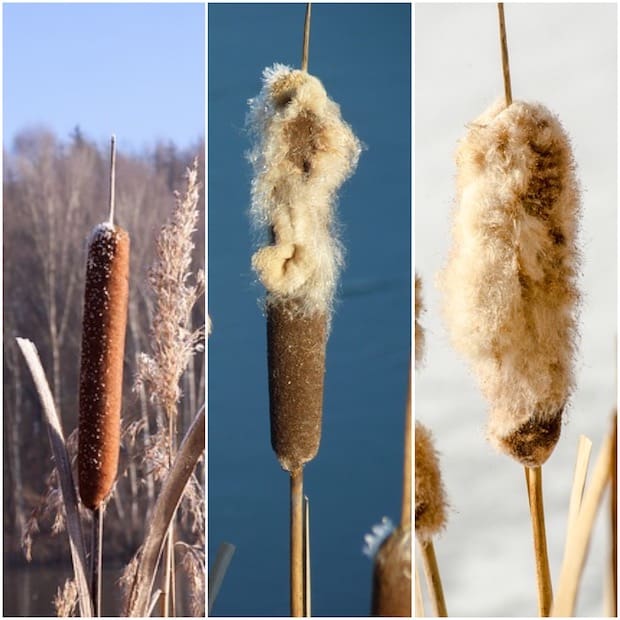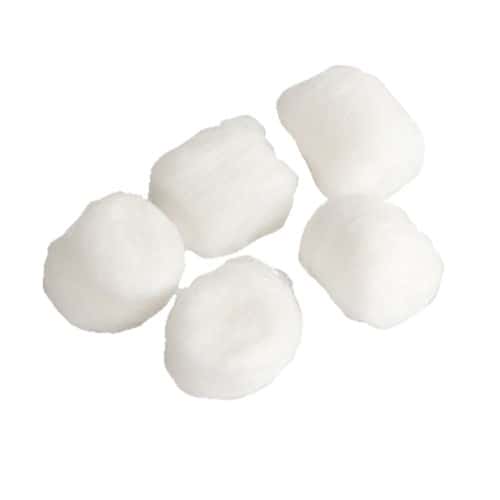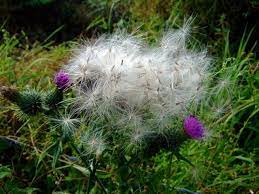In this article we’re going to go through a list of what the best types of a tinder fire starter are to either carry with you or to source from the wilderness when you need to light a fire.
This can be useful knowledge to know either in a survival situation or just to light your campfire for the night.
Here at SCT we teach students of all ages about fire preparation and a whole host of other survival and bushcraft techniques on our courses, which you can find here.
What is tinder?
 Tinder is any material used in the preparation of fire lighting that is easily ignited. Essentially, it’s one of a number of combustible materials that will ‘take a spark’ or ember…or light and create an all-important flame with only a small spark or an ember.
Tinder is any material used in the preparation of fire lighting that is easily ignited. Essentially, it’s one of a number of combustible materials that will ‘take a spark’ or ember…or light and create an all-important flame with only a small spark or an ember.
The spark or ember could be created from any manner of devices such as a flint / fire steel / ferrocerium rod, bow & drill method, plough method, hand drill, piston method etc – but we’ll cover this topic in another article.
Different types of materials are good for tinder compared to kindling. Some types of tinder will take a spark with only minimal effort and energy expended, while others need a little more coaxing once you have your ember etc.
The various ways to create a spark or ember differ again, particular the more traditional bushcraft methods, but it depends on what resources you have with you at the time.
With many of the types of tinder listed, and as always in the field – preparation is key.
With most varieties of tinder, you will need to rub them together in your hands to separate the fibres, or shave tree bark into small shavings / sawdust in order for it to take a spark.
Other materials are readily combustible after the flame is present – this is where the kindling comes in. You use kindling to keep the fire going after the flame is present, but I want to focus on the best types of tinder you can use to start a fire in the field.
List of the best types of tinder to start a fire:
Cotton balls dipped in Vaseline
 Best to make sure they’re made from real cotton, and you can use cotton balls on their own as tinder…but in my experience they do burn out quite quickly and that can be tricky when you’re up against the wind and other elements and desperately trying to get your kindling to light.
Best to make sure they’re made from real cotton, and you can use cotton balls on their own as tinder…but in my experience they do burn out quite quickly and that can be tricky when you’re up against the wind and other elements and desperately trying to get your kindling to light.
Dipped in Vaseline (which is a petroleum jelly), the cotton balls will easily take a spark or ember and – importantly – will stay alight for much longer because of the gel-like, petroleum product.
This will enable you to have a longer lasting flame right from the start, which you can use to either briefly dry your kindling above (if it’s raining) or more easily build your fire from there.
Personally, I always store mine in a zip-lock bag when I head out in the field on a hike etc, as they are quite messy.
You also want to be careful when you’re about to light your fire after handling these – that you don’t have any Vaseline on you, as this will ignite as well (trust me on this one).
Dry grass
Long or short grasses are nearly always present in the wild when you’re on a hike, climbing or camping etc, even in a mountainous area (at lower elevations).
You can use the dry, dead grass as tinder. Imagine the size of a medium-sized bird’s nest…that’s what you’re going for here, and you should try to rub the dead grass to make it as fluffy as possible.
To do this, you can run your hand through the clumps of grass with your fingers open. Let the dead blades of grass come away naturally in your hands to ensure they’re dead and therefore dry. Don’t pull the grass out, as that usually indicates it’s still alive and it won’t light easily / at all.
Animal nests
Where I often go on more remote hikes on Ben Lomond’s western plateaus and ridges over to the tarns, for example, there are often animal nests hidden above creeks and streams in rocks leading to their burrows etc.
They take small twigs, leaves and other plant material to construct their nests from, and as these materials dry out when they’re dead the smaller, thinner pieces are often ideal for tinder.
*Only use animal nests in a survival situation though. These are their ‘beds,’ so best to leave them be unless it’s an emergency.
Birch tree bark
Birch tree bark is absolutely packed with flammable oils that will light easily – even when it’s wet. You will need to ‘fluff’ some of the outer bark up or create small shavings so it can take a spark.
However, these trees aren’t native to Australia and are hard to find here on a mountain side…so, as always, take some tinder with you just in case of an emergency.
Pine tree sap
Most of you will know how good pine tree sap is for lighting a fire. You’ll often find the sap on pine trees where the tree has tried to mend itself from broken branches falling off or from other ‘scars.’
The sap is also very sticky, so it creates a nice long burn when it ignites, which is ideal for starting your fire.
Hand sanitiser
We’ve all come to love and hate hand sanitiser ever since COVID, but this is always a good thing to carry with you out in the wilderness where you don’t have soap and water to wash your hands.
As another use for this, it can also be used to start fires due to the high alcoholic content of hand sanitiser.
Alcohol wipes
The type you get for either cleaning your computer screens or even included in many first aid kits. If it’s got alcohol in it, it’ll ignite easily and can be used as tinder in an emergency.
Cattail down
Cattails in general can be a good mate to a survivalist. You can eat parts of them, but you can also use the down from their fluffy ‘cat tails’ at the top which gives them their name.
As with any of the plant ‘down’ examples I’ve listed here, they are seasonal and mostly turn into down towards the end of summer or beginning of autumn.
Some have a shorter life than others – particularly those that you find on exposed, high-altitude steppes, plains, and plateaus where the harsh winds tend to blow the fine down off the plants.
You’ll generally find Cattails at a lower altitude and their bushy tails are ideal in enough quantities to use as a tinder fire starter.
Scottish thistle down
 Scottish thistles are abundant in many parts of Australia, and I even come across them above 1,000m on various mountains.
Scottish thistles are abundant in many parts of Australia, and I even come across them above 1,000m on various mountains.
These are my preferred plant down to use as tinder, as the down is thicker, they really take a spark well, and burn for longer once ignited, helping you to start a fire.
You can even use the dried-out stems of the plant as kindling when they’ve become brittle at the end of the season.
Dandelion down
Everyone will know the down from Dandelions in their garden or the local park in spring and summer.
I’ve tested these in the field, and they do work, but the down is very fine and you need a whole lot of it to work as tinder. Again, these tend not to grow much in our National Parks though.
Paper daisy down
Paper daisies are native to Australia, and I’ve tested the down from these flowers when I’ve come across them on the high alpine plateaus of Ben Lomond.
Once again, the down is very fine, and you need a lot of it to start a fire.
Lint from the clothes dryer / heat pump
This one might not seem obvious…but there’s a reason the manufacturers put large warning stickers on the inside of your clothes dryer door, as it will start fires easily.
Lint is ideal to use as a tinder fire starter, as it’s generally made up of ‘brushed,’ already fluffy particles of fabric and will take a spark easily.
See more of our survival and bushcraft blogs here.
For more about Cattails and their uses, you can read this article.
